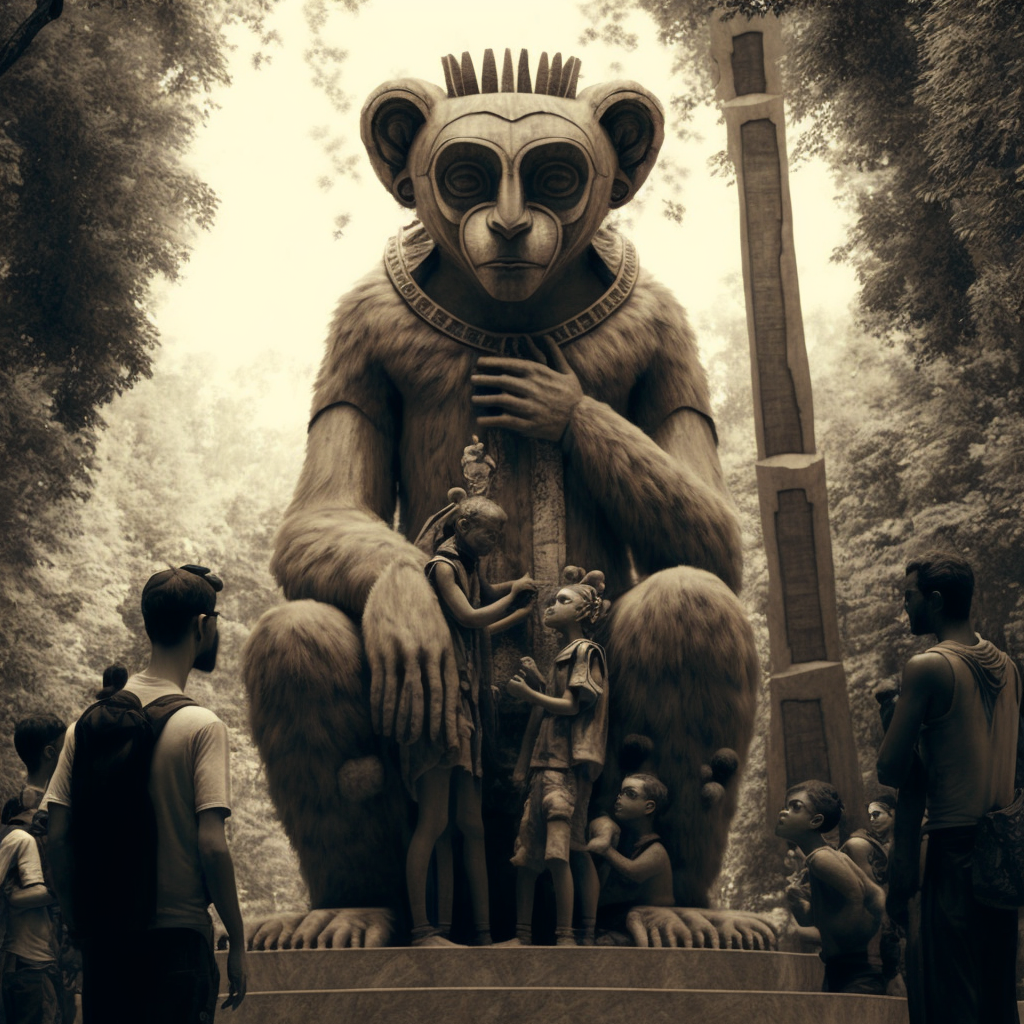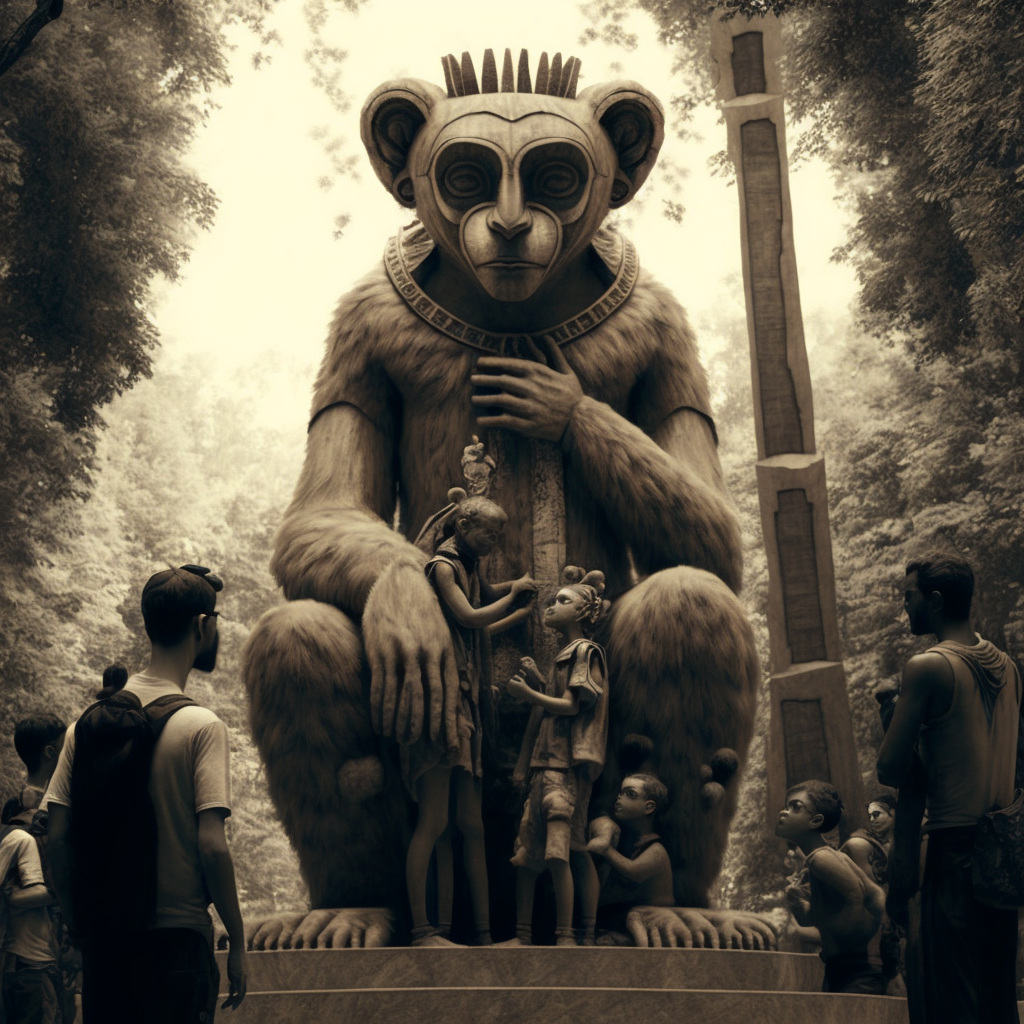
Welcome to another addictive mystery and a journey through the unknown, a place where reality and fantasy intertwine. This is the story of Lemuria.
It all started in 1864, when British lawyer and zoologist Philip Lutley Sclater wrote a paper titled ‘The Mammals of Madagascar’ and published it in The Quarterly Journal of Science. He observed that Madagascar was home to a larger number of lemur species than either Africa or India, leading him to propose that Madagascar was the original homeland of the animals. Sclater also suggested that a now-lost landmass stretching across the southern Indian Ocean, in a triangular shape, had once connected India, Africa, and Australia and allowed lemurs to migrate from Madagascar to other parts of the world. This landmass was what Sclater dubbed ‘Lemuria’.
At the time, the science of evolution was in its early stages, and the concept of continental drift wasn’t widely accepted. The land bridge theory was the norm, with prominent scientists using it to explain animal migration. Sclater’s Lemuria theory fit right in, and thus gained some traction.
But the story of Lemuria didn’t end there. In the latter part of the 19th century, occultist and founder of theosophy Helena Blavatsky incorporated Lemuria into her mystical-religious doctrine. She claimed that Lemuria was the homeland of human ancestors, whom she called Lemurians. Her writings popularized the myth of Lemuria and its mystical inhabitants, and the idea was later incorporated into the philosophy of Theosophy. To this day, the concept of Lemuria persists as a theme in pseudoarchaeology and discussions of lost lands.
The story of Lemuria reached new heights with James Churchward, who referred to it as Mu and identified it as a lost continent in the Pacific Ocean. Churchward’s books, including ‘The Lost Continent of Mu, the Motherland of Men’ and ‘The Children of Mu’, among others, detailed the concept of Mu and its place in the ancient world. The relationships between Lemuria/Mu and Atlantis are discussed in detail in L. Sprague de Camp’s book ‘Lost Continents: The Atlantis Theme in History, Science, and Literature’.
The theory of Lemuria continued to capture the imagination of others, with noted scientists and authors taking the ball and running with it. In the 1860s, German biologist Ernst Haeckel began publishing work claiming that Lemuria was what allowed humans to first migrate out of Asia (which was believed by some at the time to be the birthplace of humanity) and into Africa.
The story of Lemuria is a testament to the power of the imagination and the allure of lost lands and ancient knowledge. Although some say the theory of Lemuria has been rendered obsolete by science, it lives on in the realm of the mystical and imaginary. So, step into this dimension of mind, where reality and fantasy intertwine, and experience the story of Lemuria.

